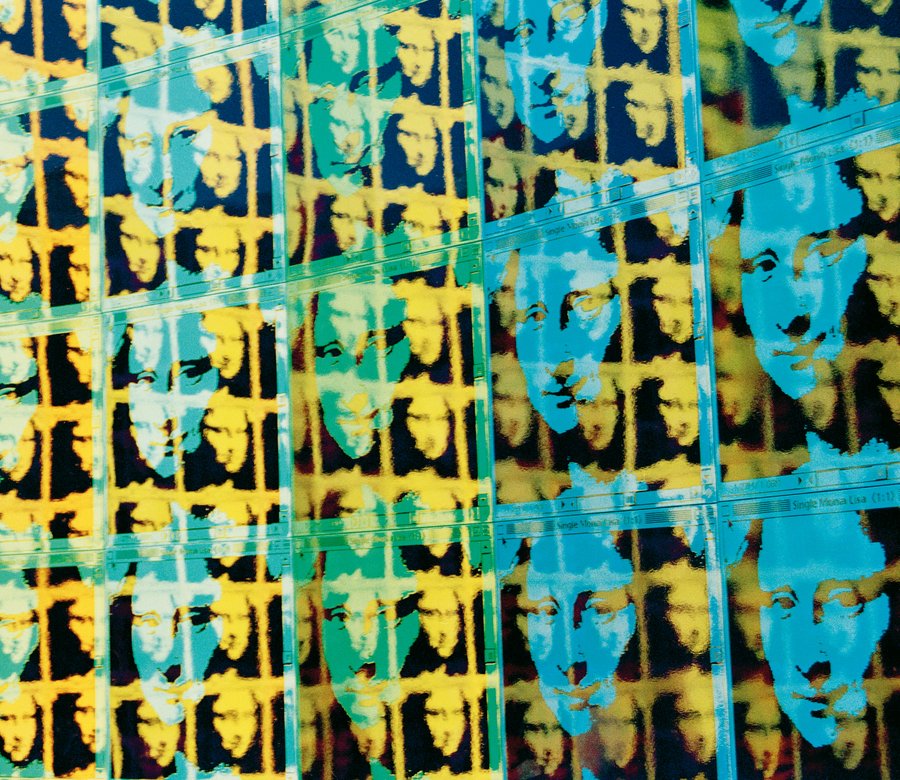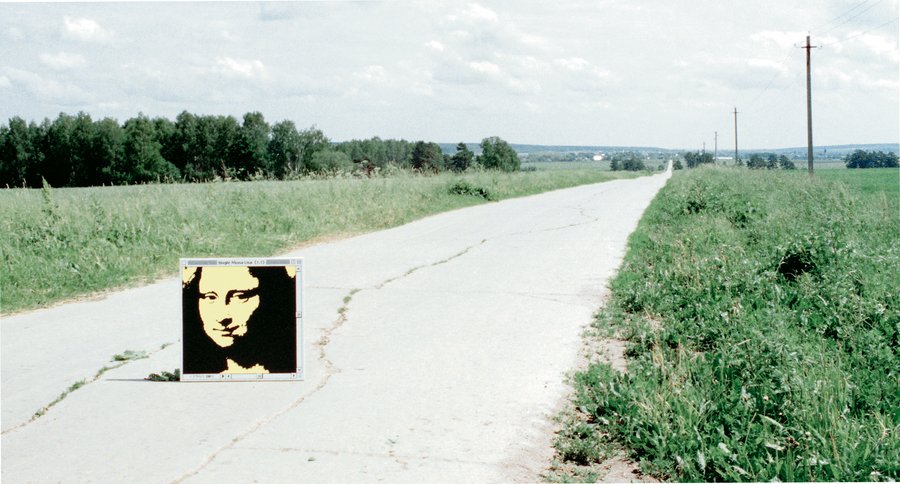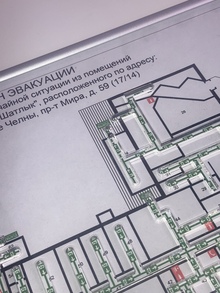
Mona Lisa Travels. I. Museum Ritter Station

MARLI HOPPE-RITTER BARBARA WILLERT
MUSEUM RITTER STATION
With the exhibition «George Pusenkoff — Mona Lisa and the Black Square», the Museum Ritter again presents an artist from the Marli Hoppe-Ritter Collection.
In his work Pusenkoff unites two cultural areas that are rarely so closely intermeshed: modern art and cultural history on the one hand and digital pictorial production through new media and computer technology on the other.
The pictorial program of modern art provides him his models, and again and again it is, above all, famous icons of modern painting like Kasimir Malewich’s Black Square, Josef Albers’ Homage to the Square or the reductionist geometric paintings of Piet Mondrian that are quoted and transposed. Despite the conscious relationship to an art-historical antecedent, the artist does not remain fixed with some routine, banal quotations in these and other works shown in the Museum Ritter. Far more, in his painting he has found his way to an independent, unique pictorial language that goes beyond the mere imitation of a familiar subject and always points toward its own actuality.

More than any other work in art history, Leonardo da Vinci’s Mona Lisa, painted more than a half century ago, stands at the center of his creative interest.
George Pusenkoff thus takes his place in the long rank of artists who, above all in the 20th century, created more or less ironic versions of the world-famous portrait. Such an intensive and complex artistic dialogue with the Mona Lisa is unprecedented. And it is courageous: for however great the value for publicity and brand recognition the mysterious smile may be, just as great is the challenge to adapt in an artistic way this most quoted and incomparably commercialized icon of painting. George Pusenkoff heartily accepted the wager! Firmly rooted in our computer age, in his paintings the artist — who himself studied computer science — has transposed Leonardo’s beauty with help of the computer and of media technology into a contemporary pictorial language and opened up new levels of interpretation.


Installation Mona Lisa Time Tower, 2004. Aluminum, acrylic lacquer (50 colors), varnish, diameter 10 m, height 6 m. Museum Ritter, Waldenbuch, 2007
This applies above all to his conceptual works with the famous portrait of a lady. He has, for example, sent a yellow-and-black version on journyes through Russia and into outer space, documenting the stations of these journies in photographs. This catalogue-book is dedicated to those astonishing activities. In the form of large-format photographs in light-boxes, they are as much a part of the exhibition in the Museum Ritter as the so-called Mona Lisa Time Tower. Since 2005, the free-standing aluminum walk-in-tower is part of the Marli Hoppe-Ritter Collection. Following stations in Moscow (Tretjakov Gallery, 2004) and Venice (51st Biennale di Venezia, 2006), it now conquers the terrain of the museum.
Erected on the grounds behind the new museum building in Waldenbuch, near Stuttgart, the tower presents itself from outside as a monolithic and seemingly archaic round structure, almost ten meters in diameter and six meters high.
The inside of the tower, open to the sky, is filled with 500 square Mona Lisa portraits hung tightly together in all colors of the rainbow: a continuation and intensification of the serial painting of Andy Warhol in the age of digital reproduction — and an overwhelming whirl of images beneath the open sky.



